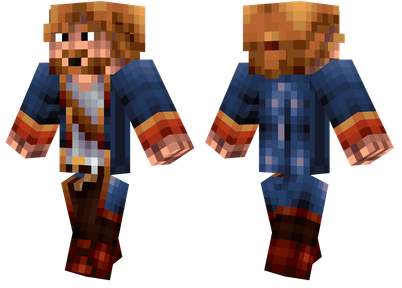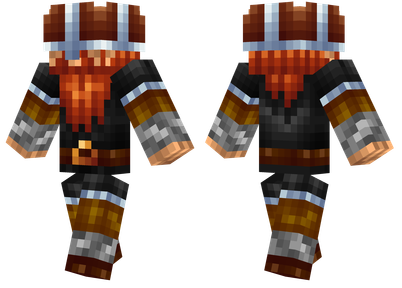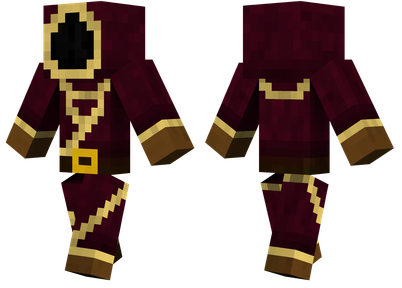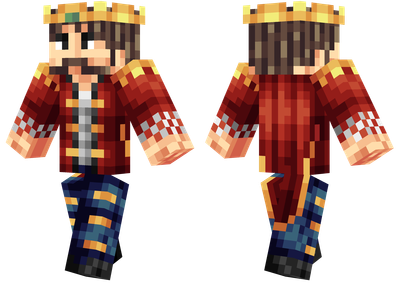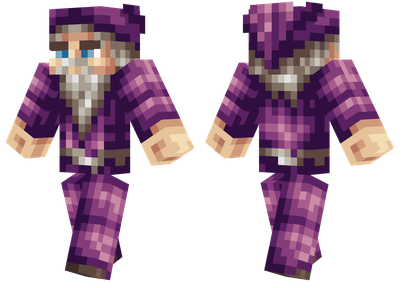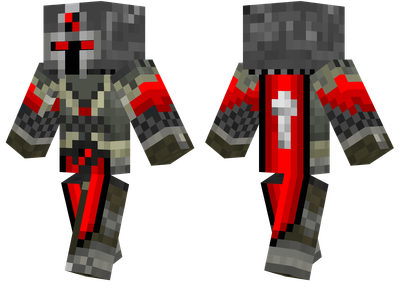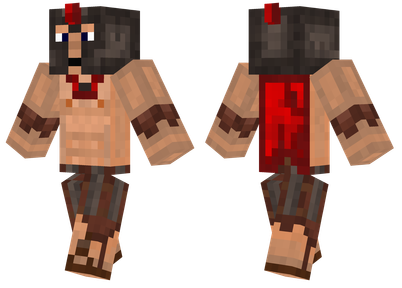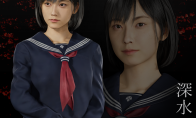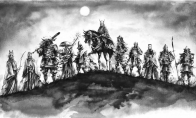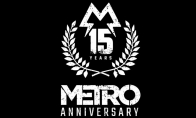This tutorial uses CC: by-SA Knowledge Sharing Agreement.
When reading this tutorial, you must:
There is a basic English level;
Most of the knowledge of Minecraft;
I have learned most of the knowledge about Minecraft's redstone system;
I have a basic understanding of the technology of MineCraft's technology;
Most of the knowledge of the PROJECTRED (except the knowledge described in this tutorial);
I have a basic understanding of interactive blocks such as IC Workbench.
The following contents are tested in version 1.12.2, and other versions may change.
For detailed instructions for the IC workbench, please refer to the IC Workbench.
Figure 1: Three blocks involved in the entire redstone plan: Project Red -Fabrication
The three blocks in Figure 1 are: IC Printer, IC Workbench, IC Gate (IC Workbench)
The IC door cannot be used directly, and there will be a warning text from the creation mode tab (see Figure 2):
Figure 2: The warning obtained when obtaining the IC gate is directly obtained: "Inferior IC Gate: Please synthesize the circuit board to the printing IC chip"
Prepare IC blueprint
IC Blueprint, as the name suggests, a drawing of a blue map planning circuit is equivalent to the circuit diagram in the real world.(The following referred to as a blueprint)
Drawing a blueprint requires the IC Workbench.We only need to hold the use key to the IC workbench with a blueprint. When the material of the IC workbench changes to a blueprint above (Figure 3), we can start drawing a blueprint.
Figure 3: The material after the blueprint is placed in the IC workbench
Open the interface of the IC workbench, you can see that the interface of the IC workbench is blank, and there is a warning sign. Hanging the mouse hovering on the warning icon will have a prompt text (Figure 4):
Figure 4: IC workbench interface and warning slogan
The warning slogan is translated into Chinese: the blueprint is blank.Please initialize this blueprint.
At this time, you need to press the Redraw button (right on the right side of the interface), and a interface will be jumped (see Figure 5):
Figure 5: Redraw interface
A 4*4 square matrix in the interface is the size selectioner. Put the mouse on different plaids to display the blueprint size represented by this point.
The input box below can be named the blueprint, and the default is Untitled.
The small buttons in the upper left corner can close this interface.
After setting the size and name, press the Start button.
Draw the IC blueprint
After preparing the IC blueprint, I returned to the interface, but the warning has disappeared, and the interface in the middle has an additional blueprint (see Figure 6).
Figure 6: The interface after the blueprint is ready (the blueprint is MyBluePrint)
The entire interface is divided into three major areas: blueprint editor (in the middle, the most important area), the toolbar (at the bottom), and the right toolbar (at the right side).
There are many toolbar buttons in the toolbar. Hanging the mouse can be seen above. You can see the prompt text. Each toolbar button represents one or a component/cable.
The leftmost buttons are rubber rubbing, which can be erased in batches (similar to the Windows desktop and the left -button dragging selection of the resource manager).
Some toolbar buttons will display detailed distinctions above. Just click the corresponding cable/component required.
For the place where the IC blueprint is specially paid attention to
For some reasons, some components cannot be used in ICs (such as INVERT CLL, etc.).
Right -click a component in the upper left corner. A interface will pop up. For the component can rotate, configure the input and output (if support), for IO, you can set the current state (HIGH or LOW, True or False)To.
One side can only connect one cable outside IC, so for Simple IO, one side can only have one Simple IO.
There is only one I/O type IO in one side.
In IC, the usage of IO except Simple IO is special:
The bundle cable (in the IC) cannot be directly connected to the bundled IO. Bundled IO can be understood as "packing IO", that is, packing multiple SIMPLE IO on one side, using a bundle cable outside the IC, and need to be used inside ICs.Multiple bundled IO, each Bundled IO needs to specify that it is unique (color) (Figure 7) in a unique frequency in a side.Generally, this frequency will be automatically set in order.Each Bundled IO in both IC corresponds to a channel (color) (color) of response cables in the beam cubes.From this, the blueprint of 16*16 cannot obtain all the channels of the beam cable (the four corners cannot be set to IO), and at least 18 lengths are required to obtain all channels (colors) of the beam cable.Figure 7: Each bundled IO corresponds to a channel (color) corresponding to the bundle cable.
Analog IO is an analog signal IO, but has the same frequency settings as Bundled IO.Analog IO receives/output digital signals like other IO, but each Analog IO corresponds to one bit of binary binary, and multiple Analog IO forms multiple bits within one side. It will be converted into a decimal signal outside the IC and becomes analog signal (As shown in Figure 8).
Figure 8: Analog IO corresponds to a binary BIT.
The redstone signal of Minecraft is a 4bit symbolic integer.
All components of Debug classification will be completely reset when the blueprint is removed from the workbench, so if you want to obtain a stable HIGH signal, it is recommended to use Not Gate (non -door) (equivalent to the redstone fire handle to provide the redstone signal)
Under normal circumstances, the alarm information provided by the IC workbench is very useful. If your blueprint is warned, please check whether there is a problem with your blueprint.
Some components work abnormally when the input or output does not connect the cable, so each component must be connected to input and output (input is sometimes not required).
Print IC chip
Everything is ready, only Dongfeng!
Press the SHIFT+use key to the IC workbench to remove the blueprint, turn on the IC Printer, put it in your blueprint and IC chip (IC Chip) or creative mode IC chip (Creative Mode IC Chip), and put it belowEnter the components (as shown in Figure 9).
Figure 9: IC printing machine interface
The far left is the list of items required, and the components that have been put in will become green.Put the blueprint in the two item boxes, and put it in the IC chip below.On the right is the finished frame.You need to put in the required components at the bottom.
When all the required components are placed in the items below, it will start printing, and the finished product is IC chip.This process will not consume your blueprint, but it will consume IC chips.More appropriately, your IC chip will be written into the data in the blueprint, and then placed in the grid on the right as the finished product.
Synthetic IC door
In the workpan, put the printed IC chip into the middle of the workbench, and place the Circuit Plate around the IC chip to get the IC Gate (specific synthetic method to refer to the IC door of the IC door).At this point, your IC can be formally used.


